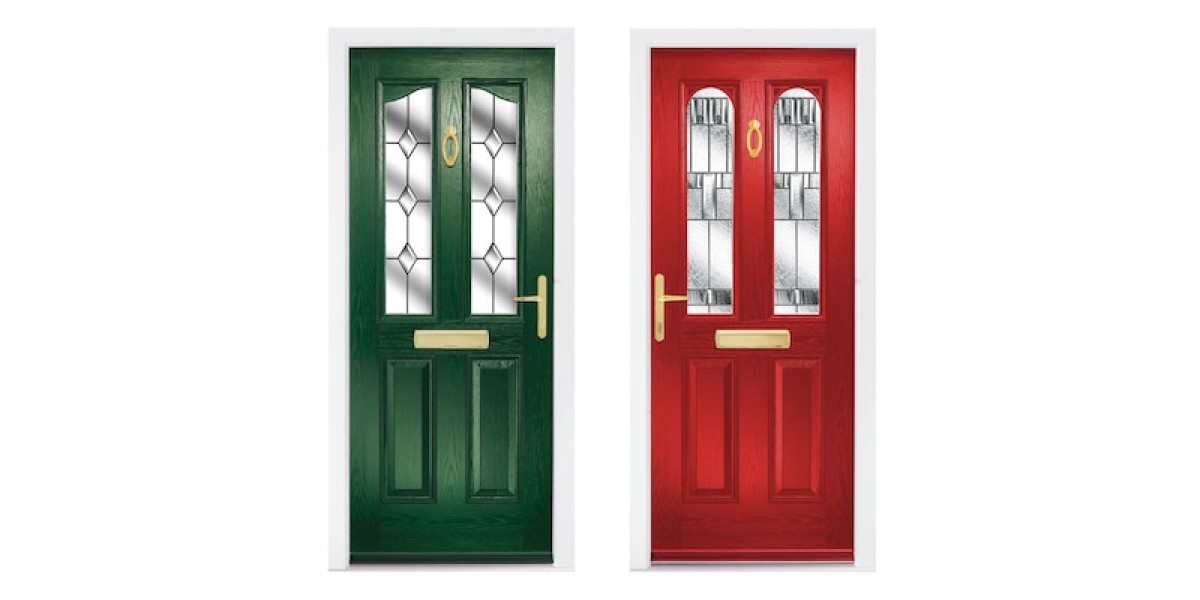Composite Door Lock Replacement: A Comprehensive Guide
Composite doors, known for their sturdiness and visual appeal, are a popular choice for homeowners aiming to boost both the security and the curb appeal of their residential or commercial properties. However, like any other component of a home, the locks on composite doors can break with time or end up being damaged, necessitating replacement. This article offers a comprehensive guide on how to change a composite door lock, ensuring that house owners can undertake this job with self-confidence and performance.
Comprehending Composite Doors
Before diving into the replacement process, it's necessary to understand the unique characteristics of composite doors. Composite doors are made from a combination of materials, usually consisting of wood, plastic, and often metal. This blend of materials uses enhanced sturdiness, insulation, and resistance to weathering. The locks on composite doors are often more robust and sophisticated than those on traditional wood doors, making them a crucial component in home security.

Tools and Materials Needed
To change a composite door lock, you will require the following tools and products:
- New lock set: Ensure it is suitable with your composite door.
- Screwdriver set: Both flathead and Phillips.
- Drill and drill bits: For creating brand-new holes if needed.
- Determining tape: To determine the existing lock and make sure the brand-new one fits.
- Pencil: For marking measurements and drilling points.
- Chisel: For expanding or producing brand-new holes.
- Energy knife: For trimming any excess product.
- Lock lube: To make sure smooth operation of the brand-new lock.
Step-by-Step Guide to Replacing a Composite Door Lock
Prepare the Workspace
- Clear the location around the door to guarantee you have enough space to work.
- Remove any decorative trim or hardware that may disrupt the replacement procedure.
Get Rid Of the Old Lock
- Exterior Handle: Use a screwdriver to get rid of the screws holding the exterior handle in location. Pull the handle away from the door.
- Interior Handle: Similarly, eliminate the screws from the interior handle and pull it away from the door.
- Lock Cylinder: If the old lock has a separate cylinder, eliminate the screws protecting it to the door and pull it out. If it's incorporated with the handle, it should bring out the handle.
- Lock Mechanism: Remove the screws holding the lock system in location. Move the lock out of the door.
Measure and Prepare for the New Lock
- Procedure the Existing Holes: Use a determining tape to identify the size and position of the existing holes. This will help you choose a compatible new lock set.
- Mark the New Holes: If the new lock needs different hole placements, use a pencil to mark the new positions on the door.
- Drill New Holes: Use a drill and the appropriate drill bits to produce brand-new holes. For larger holes, you might need to utilize a sculpt to increase the size of the existing ones.
Set Up the New Lock
- Lock Mechanism: Insert the new latch mechanism into the door and secure it with screws.
- Lock Cylinder: If the brand-new lock has a separate cylinder, insert it into the door and secure it with screws.
- Exterior Handle: Align the brand-new exterior handle with the holes and insert the screws. Tighten up the screws to secure the handle.
- Interior Handle: Repeat the process for the interior handle, ensuring it lines up with the exterior handle and the latch system.
- Test the Lock: Turn the manages and evaluate the lock to ensure it runs smoothly. If it feels stiff, use a small amount of lock lube.
Final Touches
- Reattach Trim and Hardware: Replace any ornamental trim or hardware that was eliminated.
- Test the Door: Open and close the door several times to make sure the brand-new lock is functioning properly and that the door lines up correctly in the frame.
Frequently asked questions
Q: Can I change a composite door lock myself, or should I hire a professional?A: While changing a composite door lock is a task that numerous house owners can undertake with the right tools and assistance, it can be more complex than changing a lock on a conventional wood door. If you are not confident in your capabilities or if the lock belongs to an advanced security system, it might be sensible to work with a professional locksmith professional.
Q: What should I try to find when picking a new lock for my composite door?A: When selecting a new lock, think about the following:
- Compatibility: Ensure the new lock works with your Quick composite Door repairs door.
- Security Features: Look for locks with high-security features such as deadbolts, anti-pick mechanisms, and enhanced cylinders.
- Toughness: Choose a lock made from top quality materials to ensure longevity.
- Looks: Select a lock that complements the design and finish of your composite door.
Q: How often should I replace the lock on my composite door?A: The life-span of a lock can vary depending on use and maintenance. Typically, it's an excellent concept to change a lock every 5-10 years or quicker if you observe signs of wear, such as problem in turning the crucial or a loose handle.
Q: Can I utilize a basic lock on a composite door?A: While standard locks can be utilized on composite doors, it's suggested to utilize locks specifically created for composite doors. These locks are normally more robust and better matched to the special construction of composite doors.
Replacing a composite door lock is a task that can significantly enhance the security and performance of your home. By following the steps outlined in this guide and utilizing the right tools and materials, property owners can successfully undertake this project. Whether you pick to do it yourself or hire a professional, ensuring that your composite door lock is in good working condition is a crucial action in keeping the safety and security of your home.
By making the effort to comprehend the procedure and making notified choices, you can delight in the peace of mind that includes a secure and well-kept composite door.









